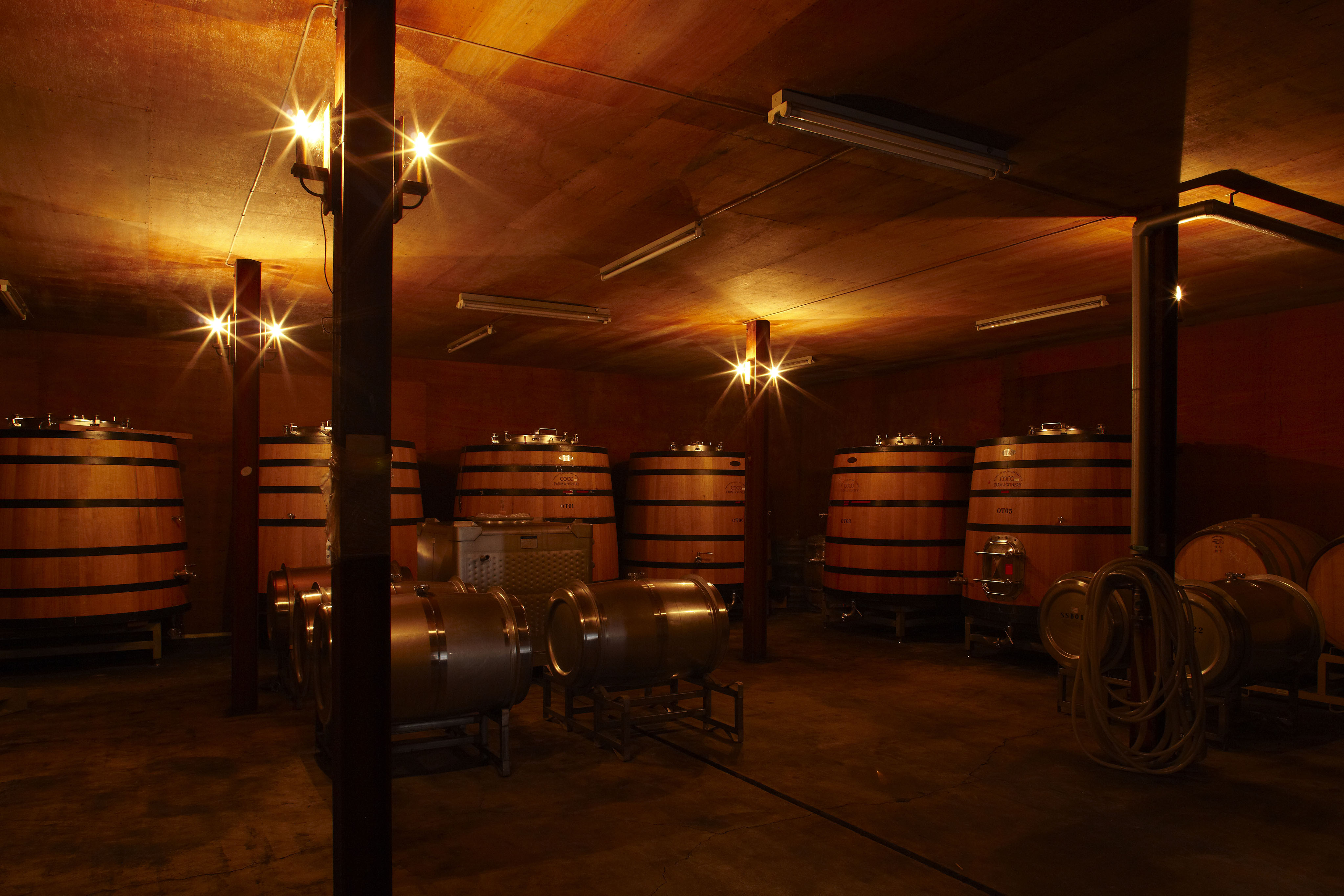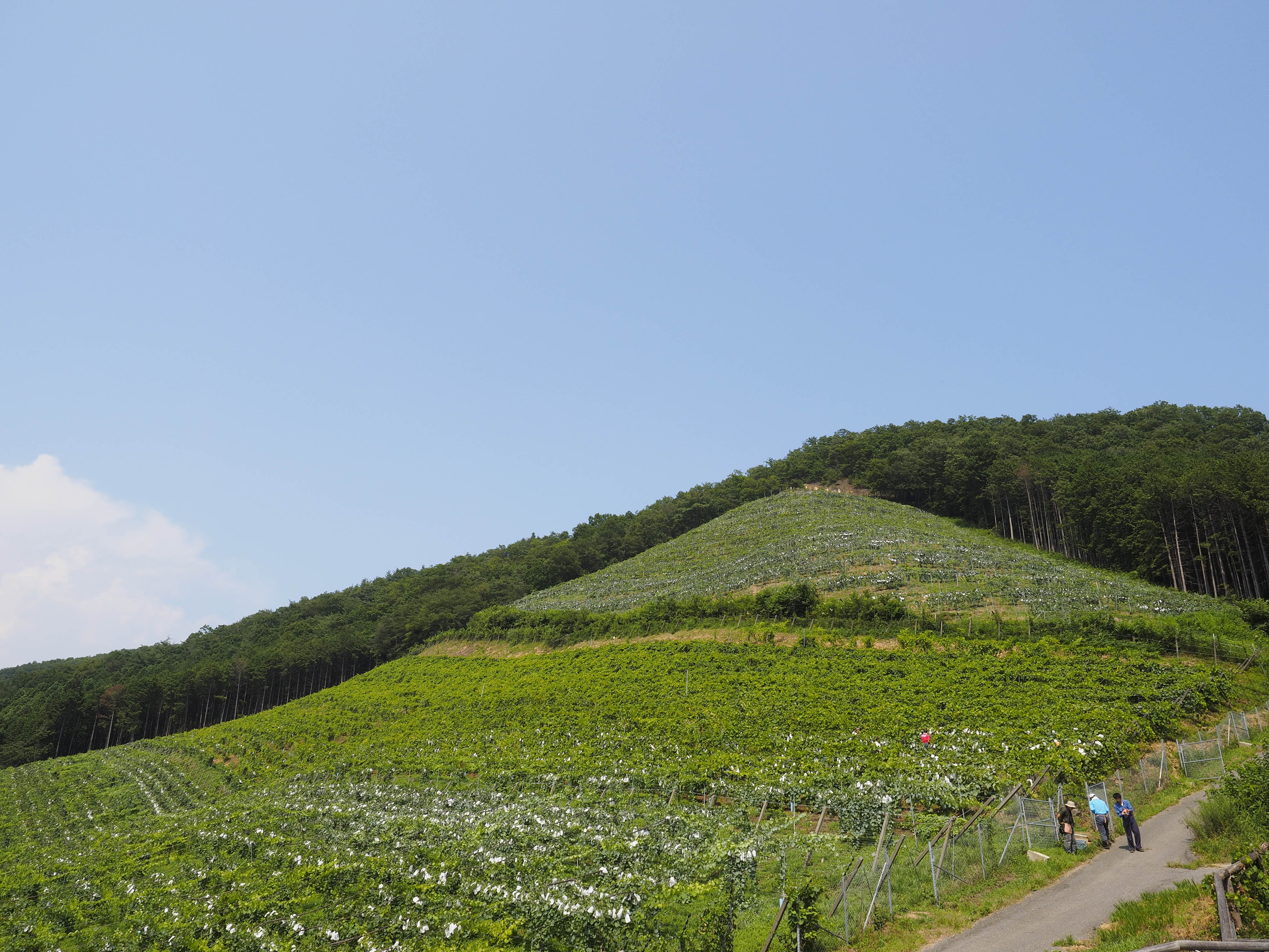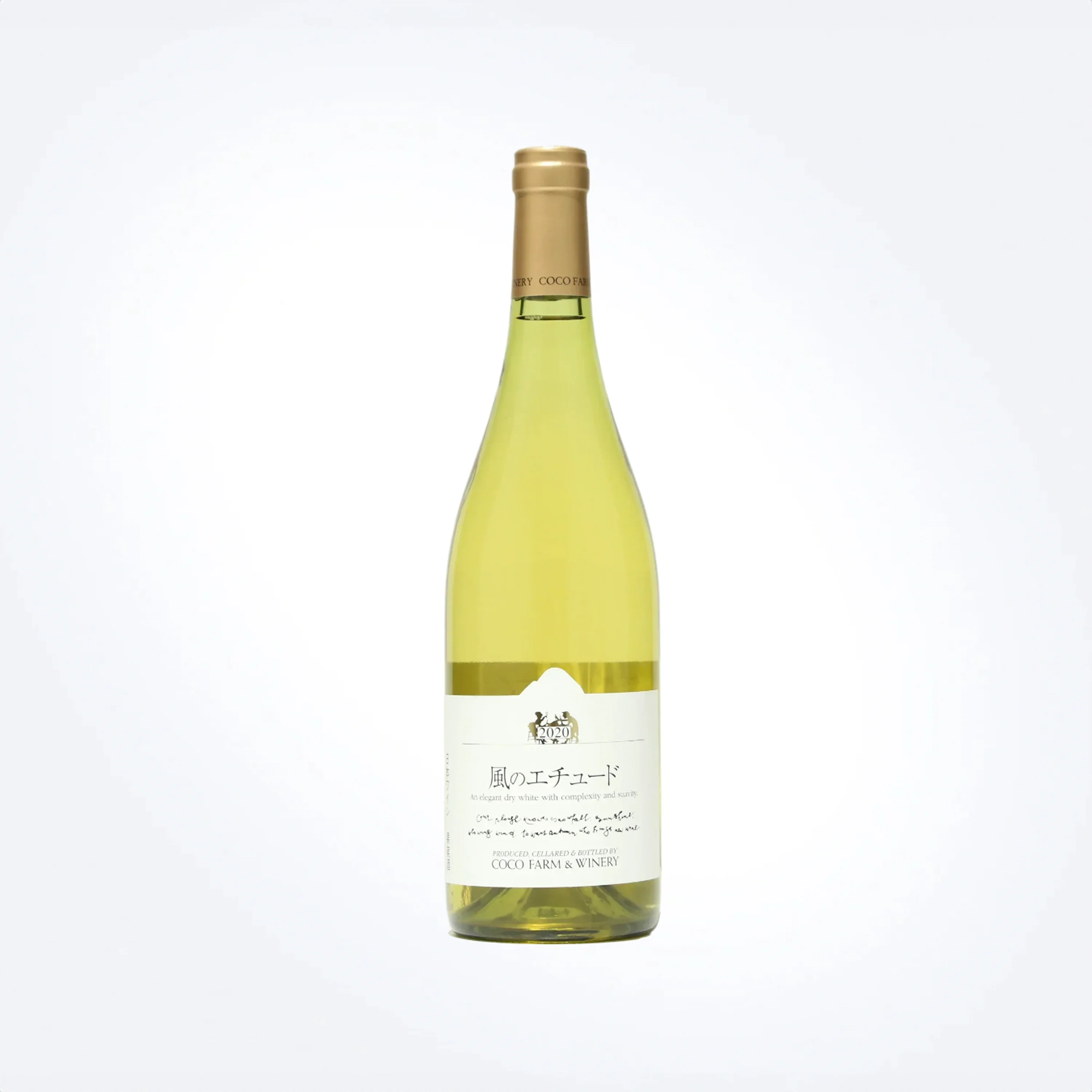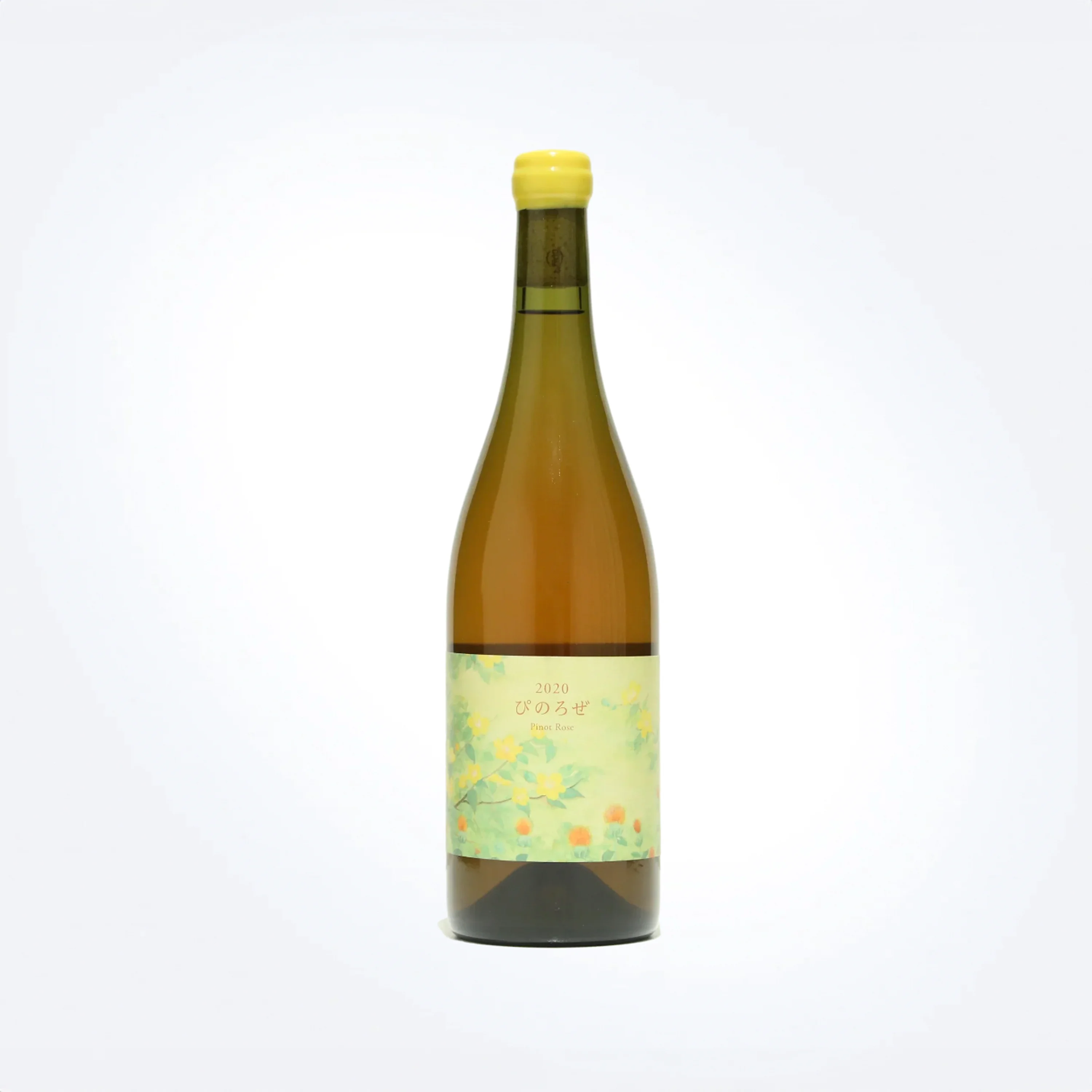Achievement
2015,2016 JAL Domestic Flights Business Class
Coco Farm&Winery
Coco Rose
MV こころぜ/ココ・ファーム・ワイナリー
"This wine is a beautiful rose color, fresh and complex, with a harmony of fruit and subtle earthy aromas.
Its charming and well-balanced nature makes it a versatile match for a wide range of dishes, including Japanese, Chinese, and ethnic cuisines. It's also perfect as an apéritif."
Tasting note
Category
Wine
Type
Rose
Producer
Coco Farm&Winery
Production area
Japan Tochigi Prefecture
Variety
Merlot 28%, Kerner 13%, Chardonnay 12%, Cabernet Sauvignon 11%, Muscat Bailey A 10%, Petit Manseng 6%, Shokoshi 5%, etc. 15%
Fermentation
Maceration and carbonic maceration
Maturation
stainless tanks. 2020 vintage : 2–5 months. 2019 vintage : 13–15 months
Capacity
750 mL
ABV
12%
Production Quantity
21,545 bottles
Recommended Pairings
Smoked salmon carpaccio, tomato aspic, nukazuke (Japanese pickles), shirasu canapés, smelt escabeche, spring rolls, sakura shrimp fritters, Hiroshima-style okonomiyaki, stir-fried chicken with bell peppers and cashew nuts, and stir-fried shrimp with egg.
Tasting from winery
The color is a brilliant salmon pink. The aroma features notes of strawberry, cherry, and dates, with hints of oregano, pink pepper, and ginger. On the palate, it is off-dry, with fresh acidity and vibrant fruit flavors. The finish reveals a subtle bitterness that follows the lingering aromas and sweetness.
About the producer
The Charm of Meticulous Grape Cultivation and Wild Yeast Fermentation
In the 1950s, a vineyard opened on a mountain by junior high school students who struggled with arithmetic and literacy and their teacher has never been exposed to herbicides since its cultivation.
Coco Farm & Winery, born at the foot of this mountain in 1980, started winemaking in 1984. Currently, the vineyard does not use any chemical fertilizers or herbicides, and the brewery focuses on natural fermentation with wild yeast to brew wine from 100% Japanese grapes.
From sparkling wines with secondary fermentation in the bottle to dessert wines, they are joyfully making wine while listening to the 'voices' of the grapes saying, 'This is what we want to become.
Also, the stratum of finely shattered Jurassic rocks, like mille-feuille, creates moderate stress for the grapes in the rainy climate, which leads to the production of good quality grapes.
About the Production Area
Japan Tochigi Prefecture
A land where you can enjoy a variety of flavors, aromas, and colors
Tochigi Prefecture is landlocked, with hot summers and cold winters, resulting in significant temperature differences both diurnally and annually.
These variations are beneficial in balancing the sugar and acid levels in grapes. Additionally, the soil in Tochigi is predominantly volcanic, which provides good drainage.
There are also regions rich in minerals, making these soil conditions well-suited for grape cultivation.
Grape varieties originating from America such as 'Niagara' for white wine and 'Concord' for red wine are commonly grown, but in recent years, international and unique Japanese grape varieties have also begun to be cultivated.









